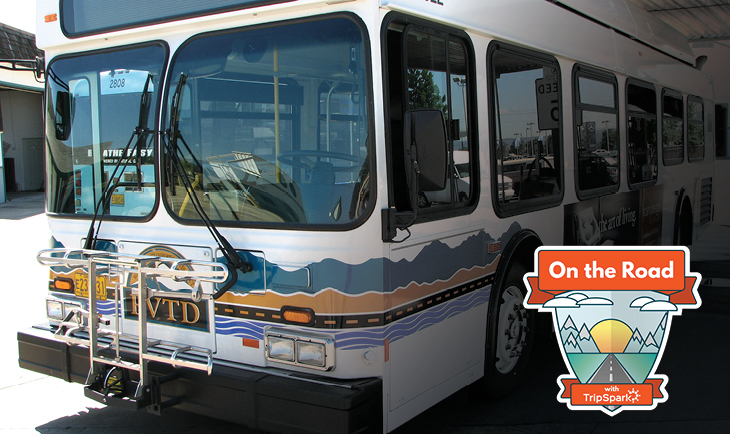Route Optimization Improves Service and Cuts Costs

How can an agency reduce costs and at the same time improve the service they provide to their riders? As detailed in the case study, Rogue Valley Transit District (RVTD), an award-winning public agency in southwestern Oregon, discovered how both objectives could be achieved by making small “micro adjustments” to optimize routes.
“With the data, we can target areas that we can cut that won’t be so painful for our customers.”
Jon Sullivan, Transit Manager at RVTD, explains that stop-level ridership data from TripSpark’s fixed route software (Streets ITS) showed the agency where they could shorten and streamline routes to cut costs. One of the changes that RVTD made was to remove service to the local airport. They made this decision because the data showed that removing the stop wouldn’t impact many riders. By making a small change and removing the stop, RVTD was able to re-deploy driver hours and continue servicing more popular stops. An example of a stop-level ridership report using Streets ITS data can be seen in the case study.
“Instead of lengthening the time allotted to perform the route, we were able to make some micro-adjustments to save resources.”
One of the biggest deterrents to taking public transit is missing connections due to poor on-time performance. Analyzing route-schedule adherence (RSA) data from Streets ITS, Jon and his team saw that riders on a particular route were often missing connections at the central bus station due to poor on-time performance. RVTD could have adjusted the timetable to reflect the true arrival time, but this would have been needlessly costly. Instead, the agency improved the route’s on-time performance by using passenger activity data to make small changes to the route pattern. As a result, the bus consistently arrived at the transfer point an average of two minutes earlier, allowing riders to make their connection.
If you want to reduce your operating cost while improving the service you are able to provide to your riders, it’s important to ensure all routes are fully optimized. But guesswork won’t cut it; to optimize your routes you need to have strong data to guide your changes. Read the case study to learn more about the data-driven decisions that helped RVTD get their routes in top shape!
